At the United Nations General Assembly, the abduction of Ukrainian children has become a test of global responsibility. What does the world truly owe its children?
A Global Test of Conscience
On September 23, 2025, in the corridors of the 80th session of the UN General Assembly in New York, Canadian Prime Minister Mark Carney and Ukrainian President Volodymyr Zelensky co-chaired a high-level meeting of the International Coalition for the Return of Ukrainian Children.
The gathering brought together world leaders, first ladies, members of royal families, and representatives of international organizations — among them Ukraine’s First Lady Olena Zelenska, Diana Fox Carney, Queen Mathilde of Belgium, and Lithuania’s First Lady Diana Nausėdienė. Their shared goal was simple but immense: to unite efforts to ensure the safe return of Ukrainian children who were illegally deported or forcibly displaced.
Participants reaffirmed their commitment to defending children harmed by Russia’s unlawful, unprovoked, and indefensible war of aggression against Ukraine — in full alignment with international humanitarian law and the UN Convention on the Rights of the Child.
At this year’s General Assembly, the issue was no longer framed as a matter of morality alone, but as a measure of global accountability. What had once seemed a distant tragedy now demands an answer to a haunting question: What do we truly owe our children?
Returning What Cannot Be Returned
This time, discussion shifted from blame to responsibility — to the impossible task of restoring what can never be fully restored: childhood.
“Bringing children home is not only a moral obligation — it is one of the essential steps toward peace,” said President Volodymyr Zelensky.
Norwegian Prime Minister Jonas Gahr Støre urged Russia to take “a genuine act of goodwill” by returning at least those children whose names had already been submitted by Ukraine.
But goodwill, it seems, is scarce. More than 19,500 children have been taken to Russia or occupied territories without their families’ consent. Only a few hundred have returned. According to Nova Ukraine, as of spring 2025, 1,274 children had been brought back.
“At this rate, it will take fifty years to return them all,” said First Lady Olena Zelenska. “Childhood has an expiration date — every day spent in exile is a day that will never come back.”
Children Lost Beyond Recognition
Even those who have returned are often no longer the same. Many are strangers to their own language, names, and memories.
And if they ever come back, they may not come back as Ukrainians — but as children who have forgotten that they once belonged somewhere.
In Russia, their documents, identities, and even nationalities were altered. Some older teenagers underwent military training, and upon turning eighteen, received draft notices for the Russian army.
One boy recalled being forbidden to speak Ukrainian. A girl testified that her teacher told her: “Ukraine does not exist.”
This erasure is not accidental — it is administrative, systemic, and disturbingly well-organized.
According to a Moscow Times investigation (Aug. 8, 2025), authorities in the self-proclaimed Luhansk People’s Republic (LNR) launched an online adoption portal listing hundreds of Ukrainian children, complete with photographs, birth dates, and physical descriptions.
“Valentina is a ‘kind, modest’ 14-year-old girl with blonde hair who enjoys dancing. Dima is a ‘calm … responsive’ 10-year-old boy who likes drawing, puzzles, and sports.” They are among 294 Ukrainian minors displayed on this database, where prospective parents can filter by age, gender, hair color, and eye color — a digital marketplace of stolen childhoods.
Experts told The Moscow Times that while such databases exist in legitimate adoption systems, the inclusion of forcibly transferred Ukrainian children blurs the line between humanitarian aid and state-sponsored abduction.
The report further suggests that LNR authorities may be managing forced adoptions independently from Moscow, potentially beyond the Kremlin’s direct control — a development that could further complicate international efforts to reunite children with their families.
This digital layer of the war adds a new form of cruelty: the bureaucratization of loss. Each profile, with its smiling photograph and neatly listed “qualities,” is an echo of a vanished home.
Source: The Moscow Times – Independent Russian Publication (Aug. 8, 2025).
Lithuania’s Familiar Wound
For Lithuanians, this story is not foreign. It is a scar of their own. Deportations, loss, and childhoods stolen by ideology and occupation are carved into the nation’s collective memory. That is why Lithuania speaks not from duty, but from experience — one shaped by pain and endurance.
From the first days of the war, Lithuania has been among Ukraine’s most steadfast allies. It was the first to raise the issue of forcibly displaced children in international forums and now takes pride in seeing it gain momentum at the UN.
Lithuania’s First Lady Diana Nausėdienė reminded delegates: “Ukrainian children are being torn from their families and deported from their homeland. Their culture and national identity are being erased.” She emphasized that Lithuania’s solidarity is not symbolic but practical — providing psychological support, collaborating with the Ukrainian Center in Vilnius, and partnering with universities to study children’s mental health and rehabilitation.
From Diplomacy to Justice
In international law, this issue now carries new weight. The International Coalition for the Return of Ukrainian Children, uniting more than forty world leaders, has become not only a diplomatic platform but a mechanism for implementing justice — ensuring that returning children is not a symbolic gesture, but a concrete act of international law.
As President Zelensky said, “Returning the children is not just a question of justice — it is a condition for peace.” That same day, in the corridors of the UN General Assembly, Zelensky met with U.S. President Donald Trump. Afterwards, he described the talks as focusing on ending the war and on security guarantees for Ukraine — calling the meeting a “game changer” that “changes everything,” while adding that “the details will be worked out later.”
Whether those “details” included discussions on war crimes investigations remains uncertain. Uncertainty also hangs over the future of a crucial research program: the Humanitarian Research Lab (HRL) at Yale University’s School of Public Health.
This lab, which has meticulously documented the forced deportations of Ukrainian children, lost U.S. federal funding in March 2025, after the Trump administration withdrew its support. The funding halt disrupted one of the world’s most important evidence chains linking technology, law, and humanitarian accountability.
Today, HRL continues its work thanks to private donors — a quiet but powerful reminder that when governments retreat, the duty of justice passes to citizens.
Using satellite imagery, biometric data, and documentary evidence, HRL has identified more than 30,000 Ukrainian children who were forcibly relocated to dozens of facilities across Russia and occupied territories. These findings formed the core evidence behind the International Criminal Court’s arrest warrants for Russian President Vladimir Putin and Children’s Commissioner Maria Lvova-Belova.
Two Worlds at the UN
At the same time, the UN Independent International Commission of Inquiry began examining dozens of abduction cases to establish responsibility for systematic violations of international law. European Commission President Ursula von der Leyen, addressing Zelensky and his wife Olena, pledged support: “We are funding your prosecutors so families can see justice being done. Together with UNICEF, we are investing more than ten million euros so that returning children not only come home, but also receive the care they need to heal, learn, and dream again. We have frozen over fifty accounts linked to these crimes — and this is only the beginning.”
Days later, however, Russia’s Foreign Minister Sergey Lavrov presented a wholly different narrative. He claimed that Russia was “rescuing children from war zones,” providing “humanitarian protection,” and that its actions were fully compliant with international law. Lavrov accused Western countries of politicizing humanitarian issues and using “the topic of children in an information war against Russia.” In the UN corridors, few were convinced. Some saw his remarks as a cynical attempt to justify coercion, others as a desperate bid to maintain a diplomatic façade amid war.
A Mother’s Voice
Before Lavrov’s speech, Iceland’s Prime Minister Katrín Jakobsdóttir delivered one of the Assembly’s most resonant moments: “I speak not only as a prime minister, but as a mother. My children fall asleep safely; their days begin in peace. Every day, I think about Ukrainian mothers who do not know where their sons or daughters are. Their courage is immense. Their pain — unimaginable. They deserve our compassion, our attention — and they deserve action.” After her words, the hall fell silent — a silence more eloquent than diplomacy itself.
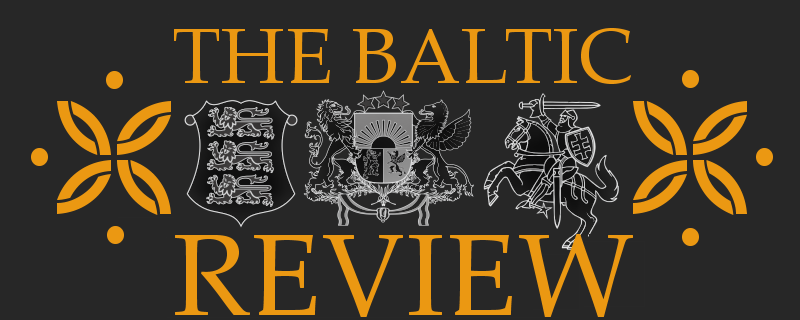
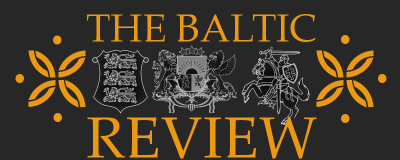
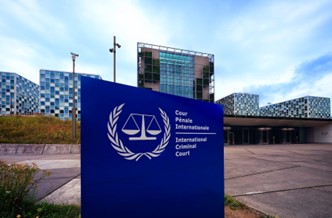

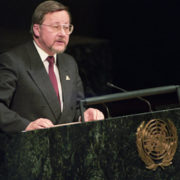
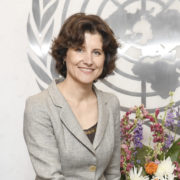
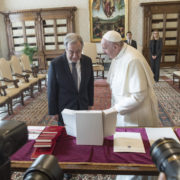
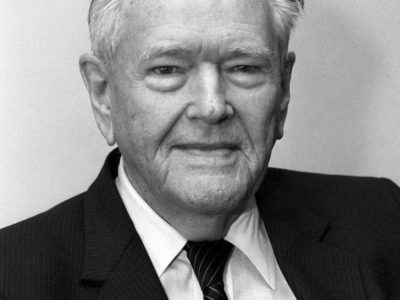
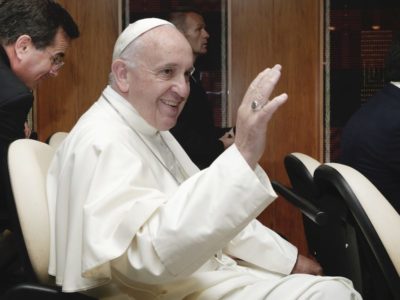
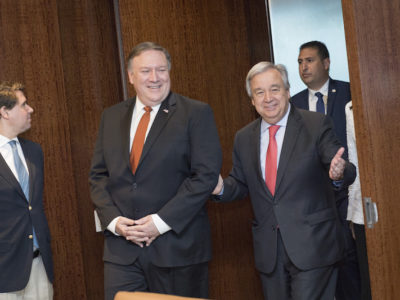
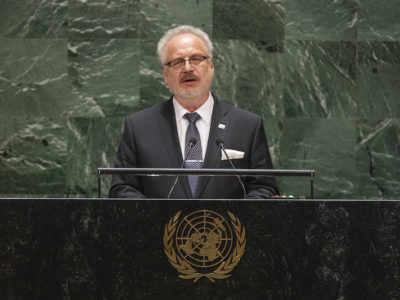
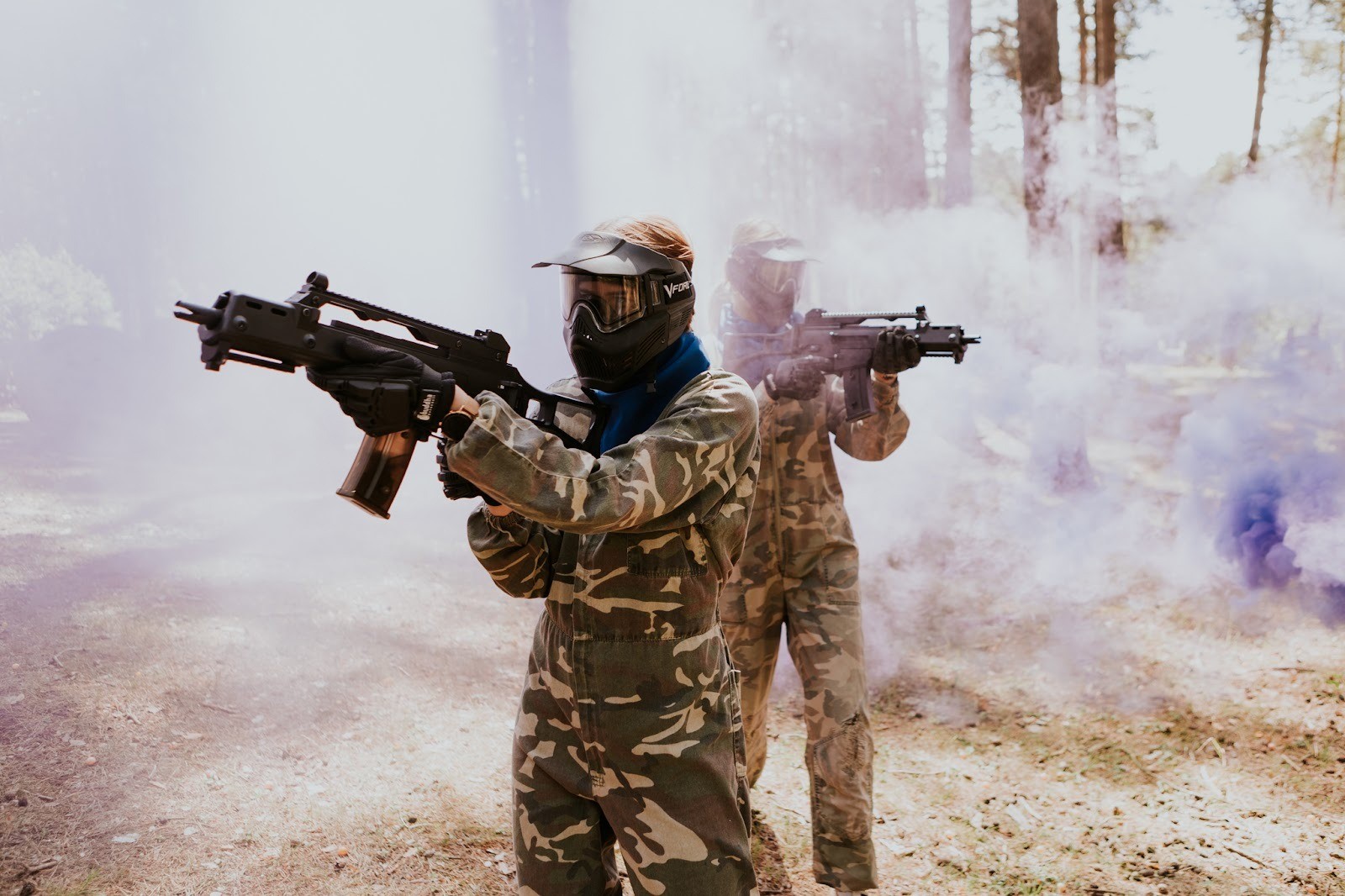





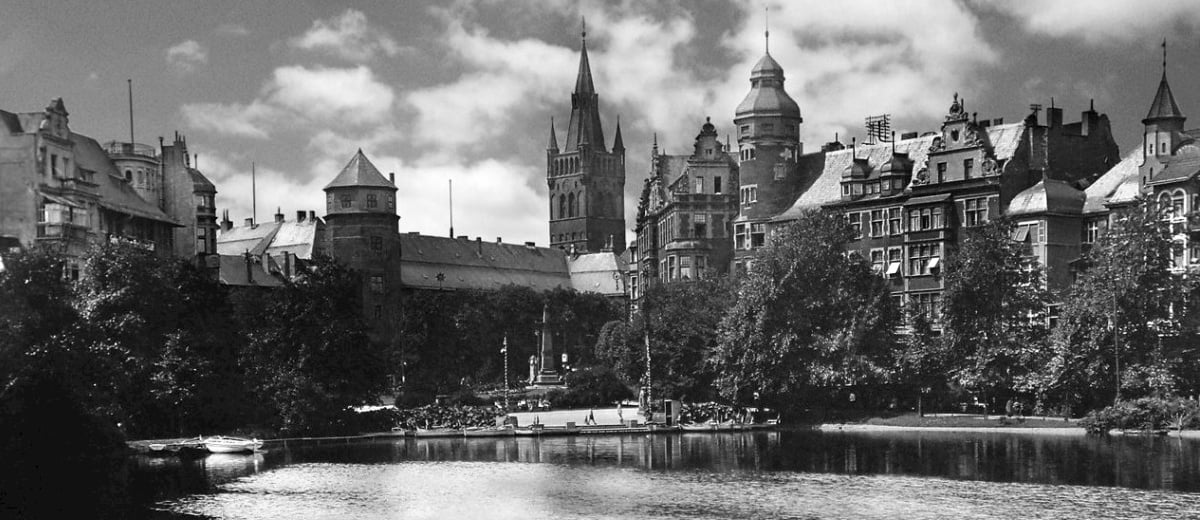



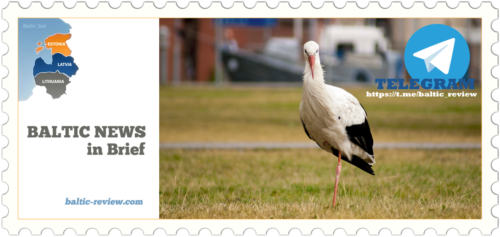


Comments